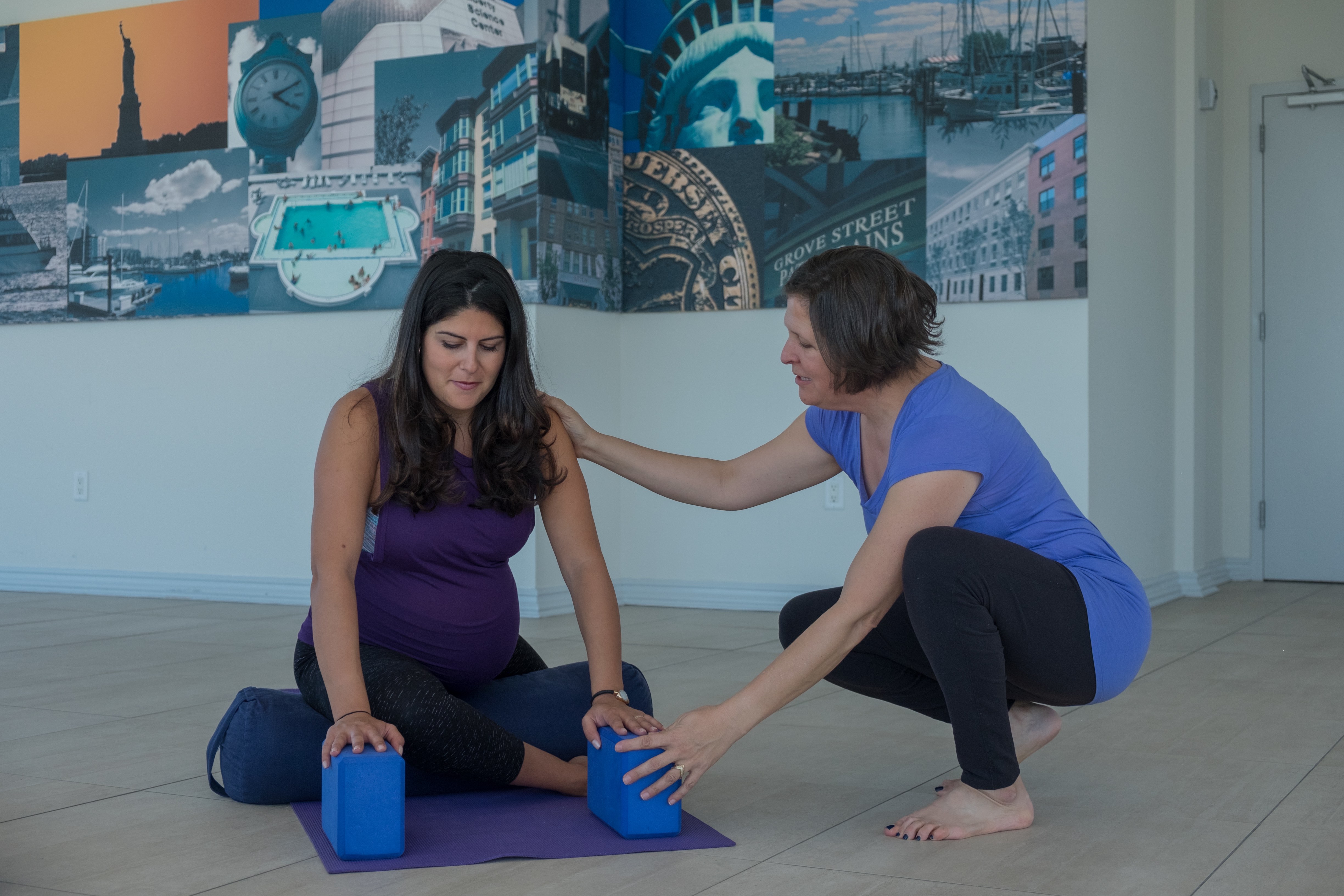US gig workers confused by coronavirus financial relief aid
Crisis spurred US government to extend unemployment benefits to more workers, but many don’t know if they qualify.

During a normal spring break, aesthetician Rosalia Fiske fills up her calendar with client appointments for facials and waxing. But the ongoing COVID-19 pandemic has already cost her between $4,000 and $5,000, she says, because unlike other gig workers who can take their services virtual, Fiske needs to get her hands on her clients’ faces, and New Jersey’s mandatory stay-at-home order makes that simply impossible right now.
So Fiske is dipping into savings to cover the $4,000 per semester in tuition she pays as a full-time nursing student, plus her share of the $4,000 in rent for the apartment she shares with roommates in Hoboken, New Jersey. And then there’s food, utilities and more.
Keep reading
list of 4 itemsMexico’s teachers seek relief from pandemic-era spike in school robberies
‘A bad chapter’: Tracing the origins of Ecuador’s rise in gang violence
Why is the US economy so resilient?
Fiske, who is pursuing her degree at Hudson County Community College, said she does not think she qualifies for unemployment benefits, and she is not sure she will be eligible for a $1,200 stimulus cheque from the government’s coronavirus relief plan, either.
“I feel like there’s so much unknown when it comes to that check – amongst other relief – to be honest,” Fiske told Al Jazeera. “I have zero income coming in right now, so it’s the responsibility of paying your bills and being frugal.”
Amid record-high unemployment numbers, many gig workers wonder which benefits apply to them. Some 36 percent of Americans participate in the gig economy in some way, according to a 2018 Gallup poll, and the term encompasses ride-share drivers, nannies and carers for the elderly, freelancers, house cleaners, fitness instructors and delivery people, among others.
While those gigs offer flexibility, they have historically come with no safety net, and gig workers have not normally been eligible for unemployment benefits, employer-paid health insurance or paid sick leave. The ongoing coronavirus crisis has also brought many of those long-term struggles to the fore.
Fiske is one of the gig workers Al Jazeera interviewed last month as the coronavirus crisis began in the US. We’ve reached back out to the people we talked to for that story to see how they’re doing now. All three live in the New York City area, which has become the epicentre of the US outbreak.
‘It’s a struggle’
Aaron Robinson is now collecting unemployment after being laid off from the BMW warehouse where he worked full-time on March 22. Robinson’s town of Teaneck, New Jersey, has been hit hard by coronavirus; Bergen County has the highest numbers in the state with nearly 8,000 positive cases and more than 300 deaths.
“Everything is shut down,” Robinson told Al Jazeera. “I can’t work, so I’ve got to collect unemployment like everybody else. It’s a struggle.”
Although he also used to supplement his income by driving 20 to 25 hours a week for Uber, he stopped about a week ago and does not know when he will start again. “I need to find out more specifics of how this virus is transferred,” Robinson said. “I don’t do Uber because of my family. I would still do it, but I don’t want to catch it and spread it to them.”
Robinson said the unemployment benefits he receives are about a third of his BMW wages and are not enough to live on. Like Fiske, he is not sure if he qualifies for the $1,200 stimulus cheque.
Everything is shut down. I can't work, so I've got to collect unemployment like everybody else. It's a struggle.
But Robinson said he did call his landlord and electric and water companies to ask for more time to pay his bills, which they granted. “Everybody postponed everything,” Robinson said. “You don’t want to live like this, but you take all the right precautions and you should be able to survive until this blows over.”
His children are home from school and his wife, who is a teacher, is trying to help her students with distance learning from home. Right now, they are focused on staying inside and staying safe. But the uncertainty about how long COVID-19 could last concerns him. “I’m worried because nobody can live on unemployment, so depending on how long it lasts, I don’t know,” he said.
‘No safety provisions’
The $2.2 trillion Coronavirus Aid, Relief and Economic Security (CARES) Act, signed by President Trump on March 27, makes gig workers eligible for 39 weeks of unemployment benefits, an additional $600 a week for up to four months, and the option to apply for loans for relief, says Maria Figueroa, the director of labour and policy research at Cornell University’s Worker Institute. But there are still gaps.
“This is a step forward for protecting the approximately 24 million Americans who are gig workers, but it is not enough as many of them are front-line workers – food delivery, ride-hailing, even healthcare – and they need to continue working during the crisis,” Figueroa told Al Jazeera.
Unemployment insurance benefits in the US also normally require that a recipient prove they have been actively looking for work, she explained, “and it’s not clear how some workers will qualify for unemployment insurance if they can’t seek work during the crisis. It is not clear if this requirement has been dropped to qualify for unemployment insurance.”
Some of the gig workers who are still on the job – including domestic workers, warehouse workers and delivery people – have also sounded the alarm about the lack of health protections they have amid the pandemic, and workers from major companies including Amazon and Instacart went on strike last week.
Amazon.com is now under investigation by New York City’s human rights commissioner after it fired one of the workers who participated in a walkout at its Staten Island warehouse.
“There are no [safety] provisions under the Cares Act, and many workers – gig and regular – are retaliated against by their employers for refusing to work under unsafe conditions,” Figueroa said.

‘The buzzword is pivot’
Michelle Goitia, a prenatal yoga teacher, birth doula and childbirth educator, has taken her business online, but it has come with a major pay cut. She’s teaching about half of the courses she once was, and people are paying less for her virtual classes. The nannies that brought babies to her class are not working, and stressed-out, working-from-home parents do not always have time for postnatal yoga.
Still, she is grateful that taking things virtual is even an option. “The buzzword these days seems to be ‘pivot’. What can you do to pivot and adapt to these current times?” Goitia told Al Jazeera. “One of my good friends is a massage therapist, and she has no work, so she’s working on her pivot, and she’s changing her business. But it’s tough. It takes time to change.”
Goitia said she would qualify for the $1,200 cheque from the government, plus $500 for her son. But that one-time payment doesn’t go very far for many workers, says Erin Hatton, an associate professor at the State University of New York at Buffalo.
“We need to extend the benefits by distributing ongoing monthly stimulus payments until this health and economic crisis subsides,” Hatton told Al Jazeera. “More people need to be eligible for such payments, including people whose 2019 income exceeded the limits but have now lost their jobs due to the crisis, as well as young workers who are working to support their families but are categorised as dependents.”
Even amid this time of incredible economic uncertainty, the gig workers we spoke to are finding ways to be grateful.
Goitia has launched a special support group for women who are pregnant and due to deliver during the COVID-19 pandemic, and has had more than 40 couples attend so far.
She prides herself on keeping in touch with the women she meets during prenatal and postpartum periods, carrying around a worn little notebook with their names, babies’ names and information. She’s working to keep those same connections over Zoom. Those women, in turn, have had her back.
“When I first sent out an email saying I had to stop teaching altogether, a couple of people bought some class cards from me and said, ‘We know you’ll be back and we’ll use them then,'” Goitia said.
Fiske is planning to give free facials to nurses at the local hospital after the COVID-19 crisis is over, and it has made her realise “how fortunate I am, and that health is really wealth,” she explained. “This is all temporary and an easy sacrifice.”
Robinson agrees. “I think this is a way for everybody to realise the special things they had with regular life,” he said.